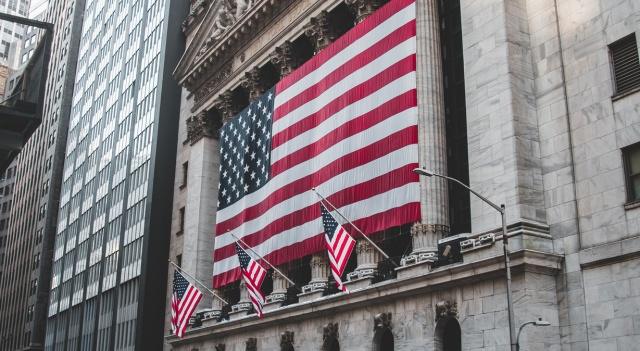The major U.S. index futures on the Dow Jones, S&P and Nasdaq are currently pointing to a lower open on Tuesday, with stocks likely to move back to the downside after recovering from an early sell-off to end Monday’s session mixed.
Ongoing concerns about President Donald Trump’s trade policies may lead to renewed weakness on Wall Street ahead of the announcement of reciprocal tariffs on Wednesday.
“On Wednesday, it will be Liberation Day in America, as President Trump has so proudly dubbed it,” White House press secretary Karoline Leavitt said.
“The President will be announcing a tariff plan that will roll back the unfair trade practices that have been ripping off our country for decades,” she added. “He’s doing this in the best interest of the American worker.”
A report from the Washington Post this morning said White House aides have drafted a proposal to impose tariffs of around 20 percent on most imports to the U.S.
However, the Washington Post noted White House advisers cautioned that several options are on the table and no final decision has been made.
Uncertainty about Trump’s tariff plans have weighed on the markets recently, as traders worry about a global trade war and the potential impact on the economy.
After moving sharply lower early in the session, stocks showed a significant rebound over the course of the trading day on Monday. The major averages climbed well off their worst levels of the day to close mixed.
The Dow jumped 417.86 points or 1 percent to 42,001.76 and the S&P 500 climbed 30.91 points or 0.6 percent to 5,611.85. The Nasdaq bounced well off its lows but still ended the day down 23.70 points or 0.1 percent at 17,299.29
The early weakness on Wall Street came amid ongoing concerns about the impact of Trump’s reciprocal tariffs on U.S. trade partners.
Trump told reporters aboard Air Force One on Sunday that the reciprocal tariffs would target all countries and not just a smaller group with the biggest trade imbalances.
Traders worry Trump’s tariffs and possible retaliatory actions by targeted countries will fuel inflation, keep interest rates elevated and drag down global economic growth.
Selling pressure waned over the course of the session, however, as the Nasdaq and S&P 500 hitting new six-months lows inspired some traders to pick up stocks at reduced levels.
On the U.S. economic front, MNI Indicators released a report showing an unexpected increase by its reading on Chicago-area business activity in the month of March.
MNI Indicators said its Chicago business barometer climbed to 47.6 in March from 45.5 in February. Economists had expected the reading to dip to 44.1.
With the increase, the index reached its highest level since November 2023, although it remained in contraction territory for the sixteenth successive month.
Biotechnology stocks helped lead the rebound on Wall Street, with the NYSE Biotechnology Index surging by 3.3 percent.
Significant strength also emerged among banking stocks, as reflected by the 1.3 percent gain posted by the KBW Bank Index.
Utilities and oil producer stocks also saw notable strength, while considerable weakness remained visible among airline and computer hardware stocks.
